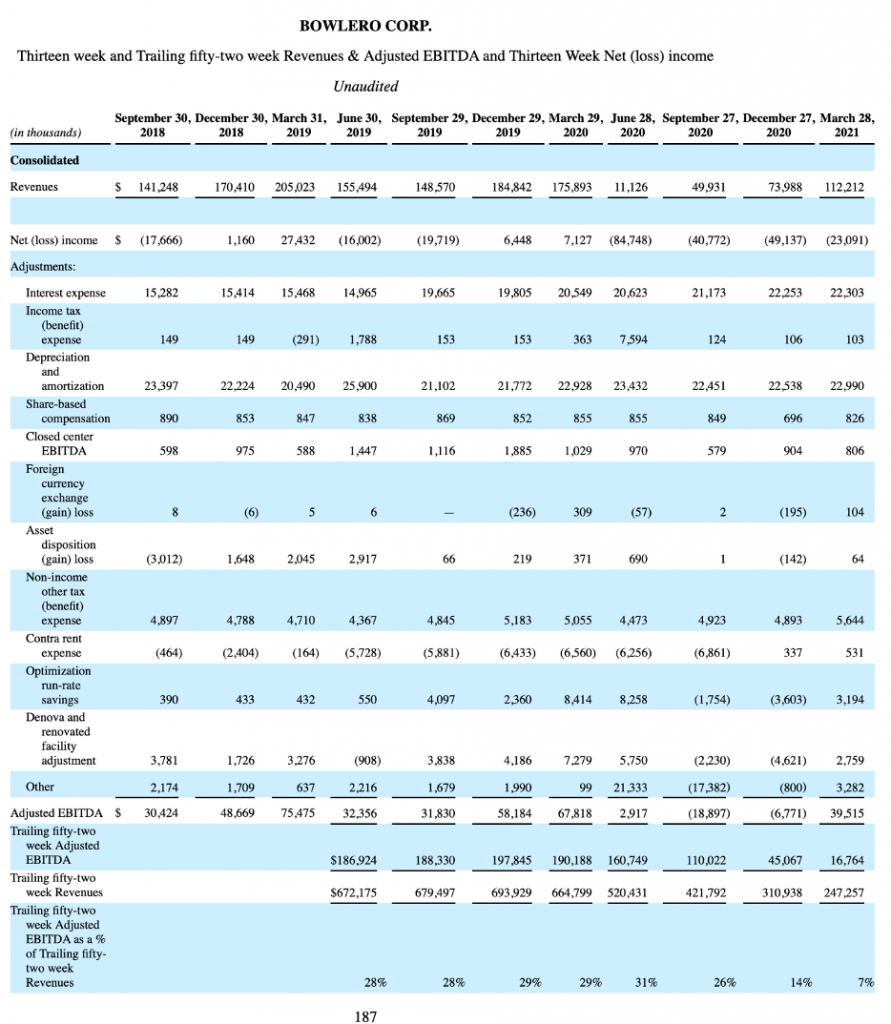On December 13, 2022, just in time for the holidays, CorpFin updated several non-GAAP measure Compliance and Disclosure Interpretations. You can find the CorpFin announcement here and the updated C&DIs here. C&DI Questions 100.01, 100.04 – 100.06, and 102.10(a)(b)(c) were updated. All companies that use non-GAAP measures should review these updates.
As an example, the old language of C&DI 100.01 read:
Question 100.01
Question: Can certain adjustments, although not explicitly prohibited, result in a non-GAAP measure that is misleading?
Answer: Yes. Certain adjustments may violate Rule 100(b) of Regulation G because they cause the presentation of the non-GAAP measure to be misleading. For example, presenting a performance measure that excludes normal, recurring, cash operating expenses necessary to operate a registrant’s business could be misleading. [May 17, 2016]
The update expands the discussion of what might make an adjustment misleading. The changed language is in bold below:
Question 100.01
Question: Can certain adjustments, although not explicitly prohibited, result in a non-GAAP measure that is misleading?
Answer: Yes. Certain adjustments may violate Rule 100(b) of Regulation G because they cause the presentation of the non-GAAP measure to be misleading. Whether or not an adjustment results in a misleading non-GAAP measure depends on a company’s individual facts and circumstances.
Presenting a non-GAAP performance measure that excludes normal, recurring, cash operating expenses necessary to operate a registrant’s business is one example of a measure that could be misleading.
When evaluating what is a normal, operating expense, the staff considers the nature and effect of the non-GAAP adjustment and how it relates to the company’s operations, revenue generating activities, business strategy, industry and regulatory environment.
The staff would view an operating expense that occurs repeatedly or occasionally, including at irregular intervals, as recurring. [December 13, 2022]
As always, your thoughts and comments are welcome!
